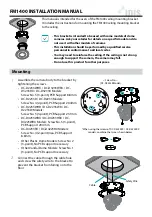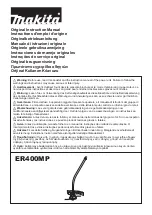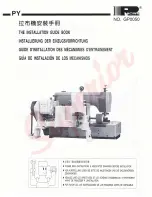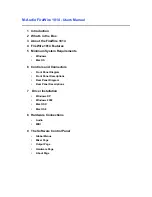
5
Starting from one end of the awning,
unscrew the top cap, of the inflation
valve and attach the pump nozzle (4).
Pump up each AirPole (5). The pump
has a pressure gauge and each
AirPole should be inflated to 7 psi
(0.482 bar). As each AirPole is
inflated the awning will lift.
It is normally necessary to go inside
the awning and to push the poles
upwards so that the AirPoles can
assume their correct shape (6).
Once all the AirPoles have sprung
outwards, assuming their correct
shape, detach the pump from the
awning and tighten the outer valve
cap on each inflation point. It is
important that these are tight to
prevent the seepage of air.
Inflate the lateral AirPoles to 7 psi
(0.482 bar) and place them between
the AirPoles inside the awning (7).
You may need to use a guy rope to
keep the awning upright in place
whilst pegging.
Close all doors and entrances and
check the positioning of the corner
pegs again. If necessary re-peg to
ensure that awning is taught.
Peg all the intermediate pegging
points ensuring that each side is
straight.
If you are using the groundsheet,
toggle it into the base of the awning
using the ‘O’ rings. To help identify
what way around the groundsheet
goes, the awning is shaped on one
end and a ring is on the upper side.
4
5
7
6
6
If you have the optional inner tent,
take it inside the awning and suspend
from the colour coded buckles (8).
Attach the remaining suspension
points.
Attach the base of the inners to the
corresponding buckles on the
groundsheet (9). It will be easier to
attach the rear points before fully
suspending the inner tent.
8
9
10
The awning comes with guy lines pre-
attached. We recommend that these
guy lines are used at all times. Peg
the guy lines so that the awning is
under tension without distorting the
shape (10). The guy lines can be
adjusted using the runners. Guy lines
should be secured using suitable
pegs (see below) and the guy line
should generally be pegged in line
with the seam of the awning it starts
from. Check the guy lines from time
to time to ensure that they are still
adequately tensioned.
























